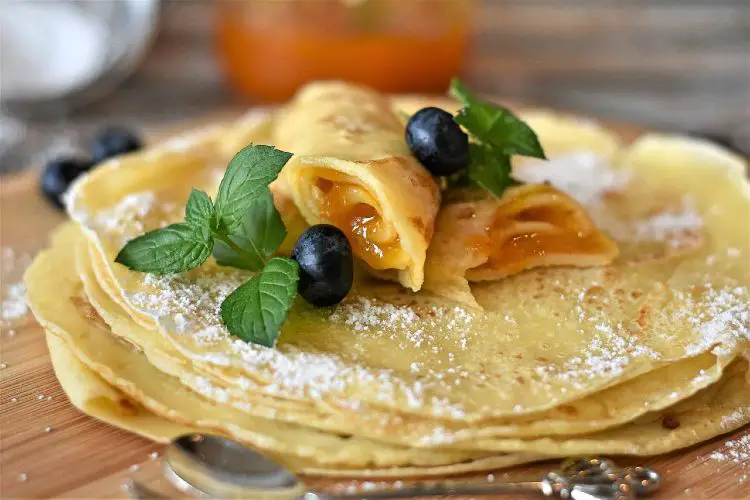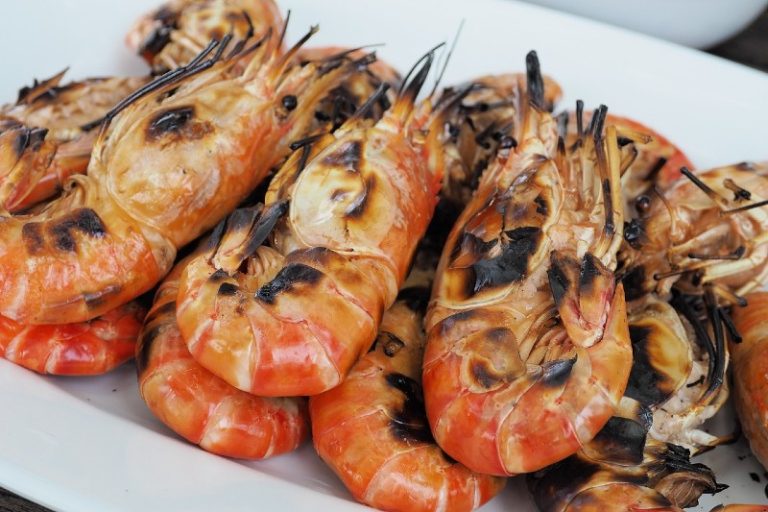The Loneliness of The Long Distance Luncher
We’ve read a great deal in the last few years about the Slow Food movement, and it’s no doubt a wonderful thing. But little has been said, as far as I know, about the less appealing phenomenon of slow eating.
I personally come from a long line of leisurely diners. My mother, for example, could take several days over a meal, like an anaconda engulfing a water buffalo. It wasn’t that she ate huge amounts or was overly talkative. She just … took ages. This was much to the frustration of her offspring, who had usually drifted away, and in some cases, raised children of their own, by the time she set down her pudding spoon. Her father was also a notorious long-distance masticater, despite, or perhaps because of, the lean years he endured in early 20th century Ireland, when bacon without hair was as close to gracious dining as it got.
My grandfather, a disciplined and meticulous man already elderly when I was a small child, could take half an hour to peel and consume a hard-boiled egg and was forced to rise at dawn each day to allow enough time for the porridge ritual (pinhead oatmeal enjoyed with salt) his wife swore kept him vigorous into his nineties.
While the practice of slow eating may appear civilised, sophisticated, even vaguely heroic to some, a quiet refusal to let pleasure be diminished by banal social and commercial forces, in many ways it’s a curse. Not a slow eater from birth, my own loss of momentum at the table has been as much due to crumbling molars and a resultant fear of indigestion as to an inordinate fondness for food. Many’s the time, shamed by my fellow diners’ lynx-eyed glares and deafened by their drumming fingers, I have chewed alone in the spotlight and wished it weren’t so.
On one occasion, in a restaurant in Bushmills in County Antrim, my marathon treatment of a gargantuan steak au poivre (one of the finest I have encountered) earned a spontaneous and, I like to believe, not wholly ironic round of applause from the waiting staff whose hovering skills I had helped reach zen-like levels of perfection that evening.
To the get-it-down-your-neck brigade, those sound in tooth and intestine who prize quantity over quality, these considerations are meaningless. Food is fuel, and the table is the filling station, merely an inconvenient halt on the highway. Other speed-munchers will tell you their haste is the Darwinian result of growing up in a large family where Ninja-style reflexes and the ability to bypass use of the teeth were the only way to avoid starvation. Then there are the moral wolfers, for whom lingering over the pleasures of the table is the slippery slope to Hell, who have no time to take time out and it is they who most vindicate us laggardly lunchers, who make us proud to ruminate.
Of course, in continental Europe, none of this would be a problem. In countries like France, Italy and Spain the main meal of the day is also the day’s main event and everything else is in abeyance. In this part of the world, however, our priorities are skewed to the disadvantage of the slow eater and, I believe, to the detriment of society (but that’s for another time).
Now, while it’s clear we are not a minority deserving of the most urgent attention, it strikes me that a small concession from the restaurant world would go a long way towards alleviating some of our social anguish: menu symbols.
Let me explain. We have symbols to indicate whether a dish is suitable for vegetarians (V) or is gluten-free (G) or contains nuts (N) or is ticker-friendly (heart), but nothing to steer the slow-of-eating away from the potential mortification of the solo munchathon. What if our eateries were to introduce an additional pictogram, let’s say a clock, as a guide to the processing time required for each dish?
Under this scheme – particularly useful on lunch menus during the working week, a T-bone steak would warrant five clocks and a Dover Sole just one. These are obvious examples, the really useful tip-offs would be required in between, where the gnaw requirement is unclear: the degree of doneness of a lamb cutlet or venison haunch; the rubber potential of a duck breast or chunk of belly pork. The dilatory nibbler would then have the necessary data to choose according to his or her schedule: risotto (two clocks), say, if wanting to squeeze in a dessert (usually one clock but up to three for particularly rich chocolate puddings), rack of lamb (three clocks) if only having one course, three courses of nouvelle cuisine (one clock in total) or the full Maharaja’s Banquet if planning to clock off completely.
While the slow eater’s plea for a general slowdown at the table may stem from a selfish desire not to feel lonely and freakish, evidence suggests the trough-sprinters could do well to listen. Research shows those who eat quickly and to capacity are three times more likely to be overweight. (Interestingly, in the United States, where more than a third of the adult population is too fat to turn off the television, the average meal lasts just eleven minutes, with many lunches and breakfasts taking barely two minutes.)
Eating more slowly, the nutritionists say, allows more time for your stomach to transmit hormones indicating fullness to your brain, thereby curbing the tendency to gluttony. It also means you derive more pleasure from your food and, by tasting more thoroughly, boost your appetite for better quality (ie. more healthy) fare. You are also less likely to spend seven hours strapped to a gurney in A&E in the company of drunk people with missing teeth while you wait for the doctor to explain that it’s not your heart, it’s indigestion and that kebab meat must be chewed at least once prior to swallowing.
But that’s enough of the healthy stuff. It could also be argued that taking more time over social eating encourages closer bonds with family and friends, alleviating our innate isolation and providing a stay against the fear of encroaching mortality. “A tavola non si invecchia mai”, as the Italians say. No one gets old at the table. Unless they’re with me. And they’re serving steak.


